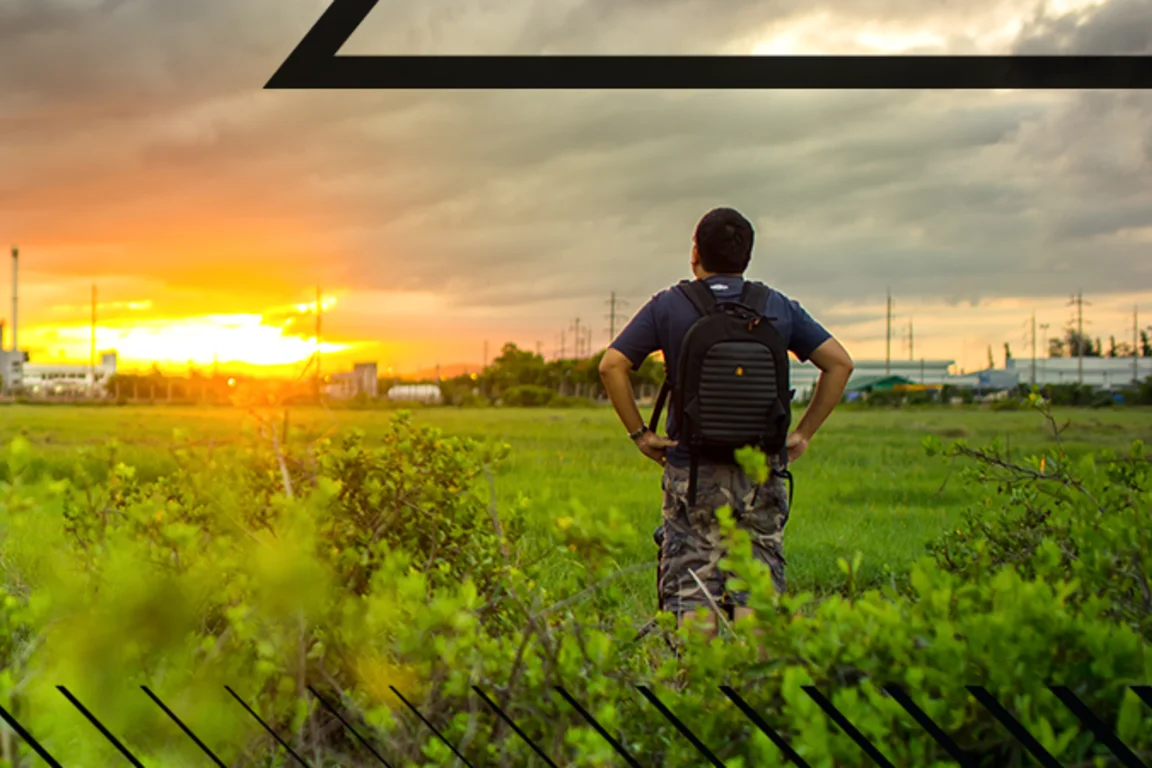Decarbonisation through sustainability, energy efficiency and waste reduction
Numatic are a global leading manufacturer of commercial and domestic cleaning equipment, including scrubber-driers, floor polishers and vacuum cleaners (perhaps best known for the Henry and Hetty ranges).
The Somerset-based firm has integrated a sustainable approach throughout all operations, from design to manufacturing, distribution and in use. Longevity, efficiency, serviceability and recyclability are the four values that construct the Numatic Sustainability Formula. They can still supply replacement parts for all Numatic vacuum cleaners ever produced, right back to 1969’s model No.1!
Their products have unbeatable performance with a 30% reduction in energy consumption whilst being built from sustainable materials. They also sit well in the circular economy model, diverting plastic from landfill or incineration. Long-lasting, repairable, easily dismantled, and engineered from the highest quality, recycled plastic post-industrial material from the automotive industry uses their innovative, environmentally sustainable ReFlo Technology.
Numatic’s net zero roadmap has scope 1 and 2 emissions in its sights by 2035 and scope 3 by 2050. They track scope 1, 2 and 3 data on spreadsheets, and use public emissions factors to calculate emissions following the Greenhouse Gases Protocol. They are currently developing Science-Based Targets while their scope 3 (in-use) emissions are very high (70%) because they sell electric appliances.
Sub-metering with half-hourly meters is only partial as their site is large. Using an energy consultant has helped them a lot, highlighting what to do, while sustainability champions encourage the staff to make the right decisions around waste (turning off computers, switching lights off etc.).
Their plastic moulding activity is energy intensive, representing 36% and 63% of total gas and electricity consumption respectively. Within their Climate Change Agreement, the rest of the manufacturing operations and the offices are neither well separated, nor well monitored. The oil-fired heating was switched to gas but both electrification or hydrogen might be an option. New machinery is more efficient, and they are gradually replacing it: the firm acquired 4 new plastic moulding machines last year with plans for 10 more this year.
Numatic’s buildings are very old and badly insulated so before introducing a building management system (BMS) to control heating more efficiently, the fabric of the building must be improved. They recycle heat from the moulding shop and have invested in ground-mounted solar PV, covering 15% of their energy use. The company’s new buildings have rooftop solar PV which covers 3% of electricity use and saved 1424 tonnes of carbon in 2022, and with the help of heat pumps, two of the buildings are now largely independent of the electricity grid.
They have been reducing plastic packaging and waste streams and set reduction targets against recyclables, and aspire to be 100% plastic-packaging-free. They have replaced some plastic bags with Kraft paper, and are now engaging with suppliers to remove plastic packaging from cable plug covers. Numatic has achieved Zero Waste to Landfill since 2017, with sustainable product lifecycle practices, including remoulding and regrinding their plastic internally- although this can be more energy intensive depending on the end-product.
In terms of logistics, the firms’ diesel and staff fleet have been replaced with EVs and they are aiming for 100% EV forklifts by 2025 (70% today). Standing in the way is the cost of HVO fuel use by suppliers which is still too prohibitive.
The outcomes of Numatic’s steps are clear:
-
Solar panelling saved 1424 tonnes of carbon.
-
No waste to landfill saves 25 tonnes a month.
-
Non-recyclables decreased by 15 tonnes a month, which is sent to an Energy from Waste plant.
-
Plastic packaging reduced by 38% in 2022, saving 750,000 plastic bags from products (37.5 tonnes of scope 3 carbon).
In future, Numatic aims to reduce their non-energy intensive (non-CCA) electricity consumption by 6% in 2024, in addition to their CCA targets. The potential for energy efficiency is still high given the number of processes.
Introducing cobots would allow them to maintain the same employees, but produce twice as much, while improving health and safety. They plan to automate shutdown, water supply and compressed air shut off, and to source more recycled materials.
